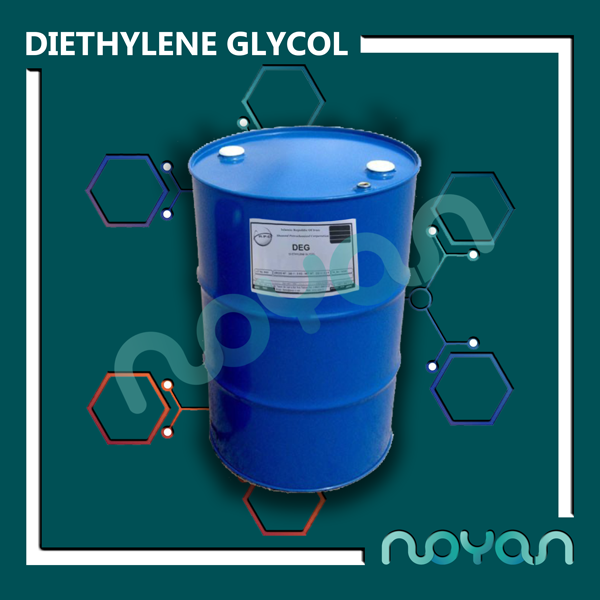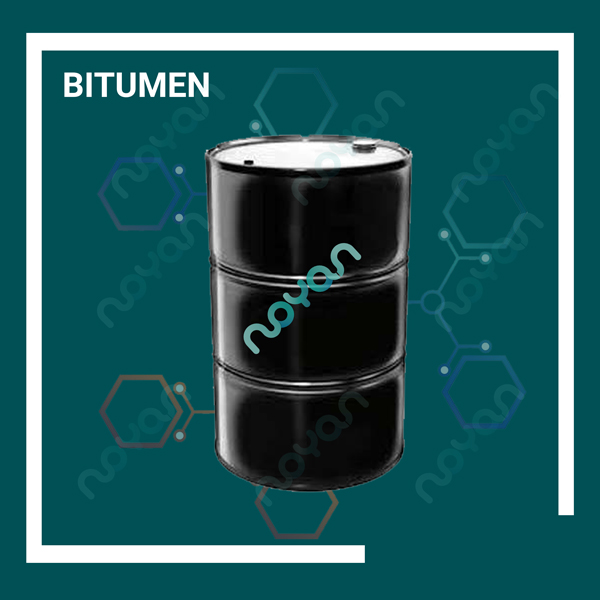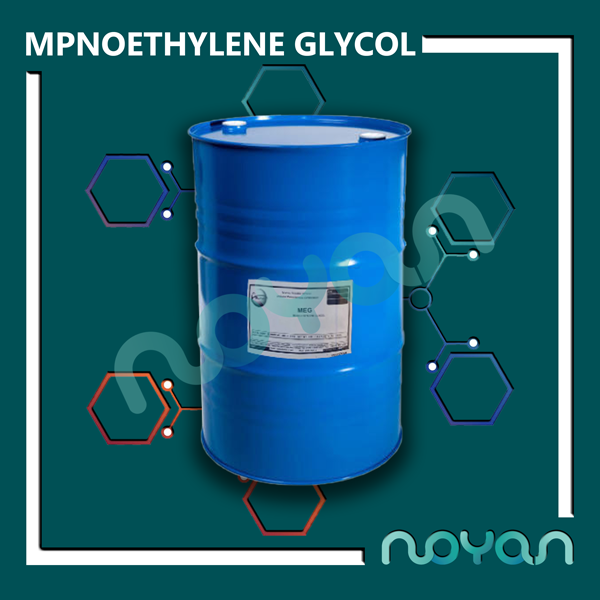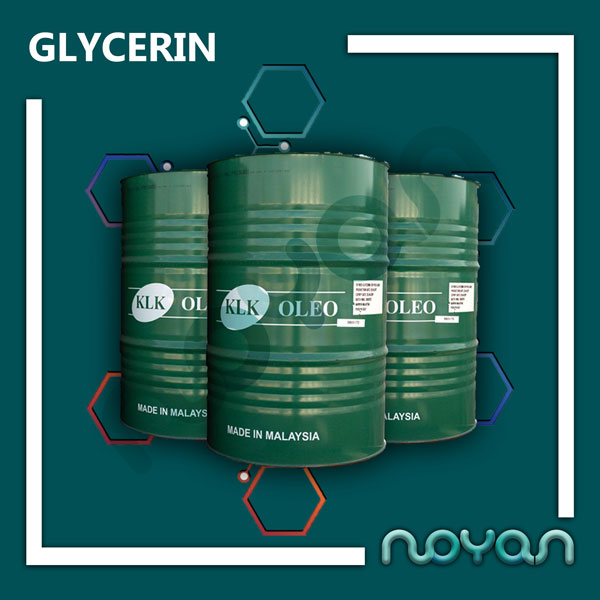Diethylene glycol (DEG) is one of the most common organic solvents, covering a wide range of industrial applications. This compound can dissolve many other organic compounds. The chemical properties and special applications of DEG came to the attention of scientists in the 20th century. DEG dissolves in solvents such as alcohol, ether and acetone. Although many applications have been introduced in the industry for this substance, its main role is to be used as a solvent. What is Diethylene Glycol? DEG is produced during a series of hydrolysis reactions in several stages. In these reactions, ethylene oxide is the raw material and DEG is produced along with a mixture of other glycols as the final product. Other compounds such as ethylene diglycol, monoethylene glycol (MEG) and triethylene glycol (TEG) are produced in these reactions. Physical and chemical properties of diethylene glycol • Iupac name: 2-2-oxide (ethane-1-ol) • Common names: 2 and 2-oxybis (ethane-1-ol); 2- (2- Hydroxy ethoxy) Ethane – 1- OL; Ethylene di glycol; De Glycol; 2 and 2 – oxybisethanol; 2 and 2 – oxidioethanol; 3- Oxa – 1 and 5 – Pentane diol; Dihydroxy diethylene ether • Chemical formula: C4H10O3 • Molar mass: 106.12 g / mol • Density: 1.118 g / cm3 • Viscosity: 0.8 mm Hg • Melting point: -10.45 ° C C • Boiling point: about 244 to 245 ° C • Flammability point: 227 ° C • Similar compounds: ethylene glycol, triethylene glycol DEG applications The most important applications of diethylene glycol are as follows: • Use As a raw material for the production of saturated polyester resins, unsaturated, polyurethane resins and plastics • Diethylene glycol for the synthesis of some organic compounds • Application as a suitable solvent in the industries of paints, resins, oils and… • DEG in the production of health and beauty products • Preparation of creams, lotions and deodorants • Production of industrial lubricants (with anti-freeze properties) • Gas dehydration • Production of plasticizers for the paper industry (DEG has the ability to absorb moisture) • Application of DEG in the industry of manufacturing various types of adhesives (DEG has the property of absorbing moisture) • Industries of various types of paints and coatings (DEG has the property of absorbing moisture – color and ink stabilizer) • User Diethylene glycol as an organic solvent for the extraction and separation of paraffinic and aromatic hydrocarbon compounds • The role of DEG as an intermediate in the preparation of polyester resins, polyurethane foam, thermoplastic polyurethane, emulsifier compounds and…. . Safety information and storage conditions According to the safety and chemical information sheet of Diethylene Glycol solvent, it is necessary for sellers and consumers of this compound to pay attention to the following: • Warehouses for storage and storage of tanks and packages containing this solvent should be dry and cool. Keep away from sources of heat or sparks. • The warehouse must be equipped with a very strong ventilation system. Workers must wear work clothes, gloves and a safety mask when working with diethylene glycol. DEG is classified as a hazardous and toxic chemical. As a result of DEG combustion, compounds such as carbon dioxide and carbon monoxide are produced. • If the skin of the hands or eyes comes in contact with diethylene glycol, symptoms such as irritation, burning and severe inflammation will occur. Too much DEG can cause liver and kidney poisoning and eventually death. • Diethylene glycol tanks should never be stored at temperatures above 120 ° C.





